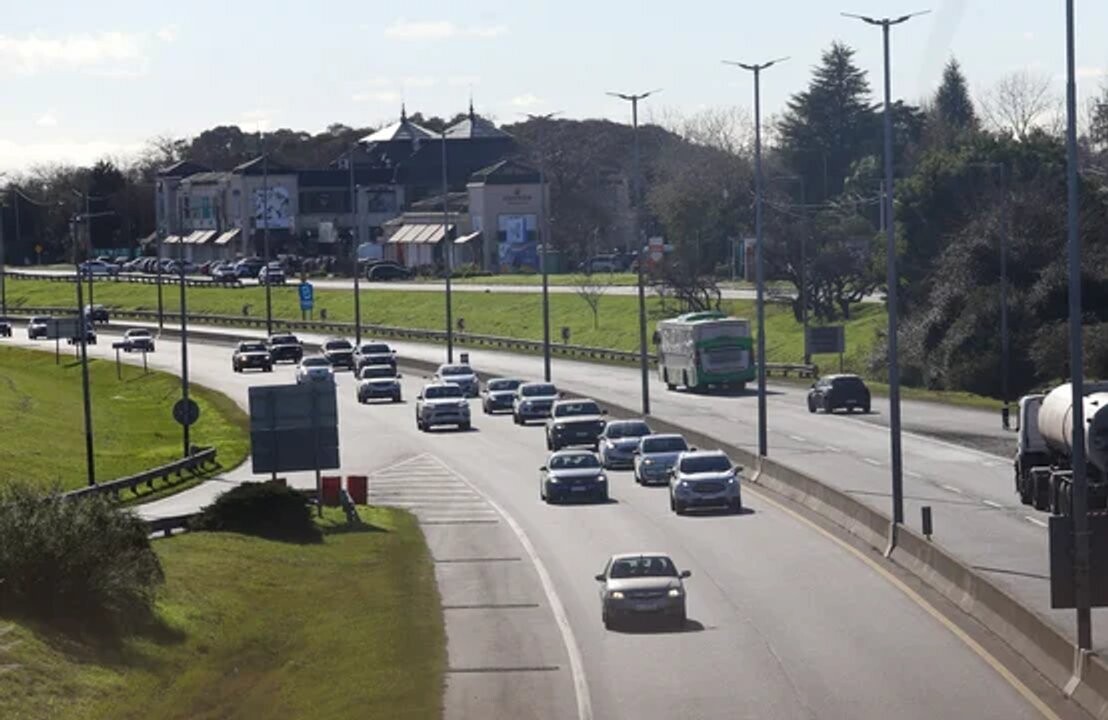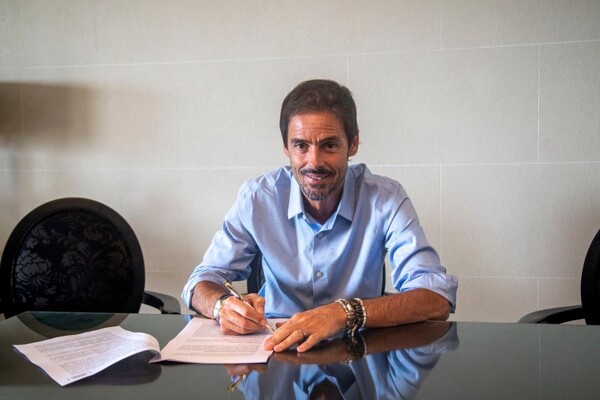
Carnival celebrations in destinations like Gualeguaychú, Corrientes, and Tilcara attracted thousands of tourists and boosted the local economy. However, the CAME report also noted that adverse weather conditions affected some festivities in Buenos Aires City and Entre Ríos, where rain forced the rescheduling of events.
In the Province of Buenos Aires, the Atlantic Coast experienced a massive influx, with over 1,000 vehicles per hour entering the main beaches. Hotel occupancy in Mar del Plata was 75%, with an average stay of 3 days and a daily expenditure per person of $100,000.
In Buenos Aires City, the rain affected some celebrations, but the murgas and comparsas kept the tradition alive in several neighborhoods. Hotel occupancy was 70%, with an average stay of 2.5 days and a daily expenditure per person of $85,000.
In Córdoba, the sierras recorded high levels of occupancy, reaching 90% in towns like Carlos Paz and Capilla del Monte. The average stay was 3 to 4 nights, with a daily expenditure per person of $92,000.
In Entre Ríos, hotel occupancy was 93%, with a daily expenditure per person of $72,000. The rain affected some performances, especially in Hasenkamp and Villaguay.
In Jujuy, hotel occupancy was 93%, with an average stay of 2.6 nights and a daily expenditure per person of $85,000, generating an economic impact exceeding $11 billion.
The CAME report highlighted that Carnival exceeded expectations and showed better performance than the summer season. The figures confirm that tourism continues to be a key pillar of the Argentine economy, with an average stay of 2.8 days.
The provinces with the highest hotel occupancy were Entre Ríos, Jujuy, Mendoza, and Corrientes, with levels above 90% in several towns. The extended Carnival weekend gave a strong boost to the tourist sector, with 2.8 million travelers moving throughout the country, representing a growth of 7.6% compared to the same period in 2024.
The total economic impact amounted to $701.064 billion, with an average expenditure of $89,167 per person, which represented a real increase of 33.8% compared to the previous year.














